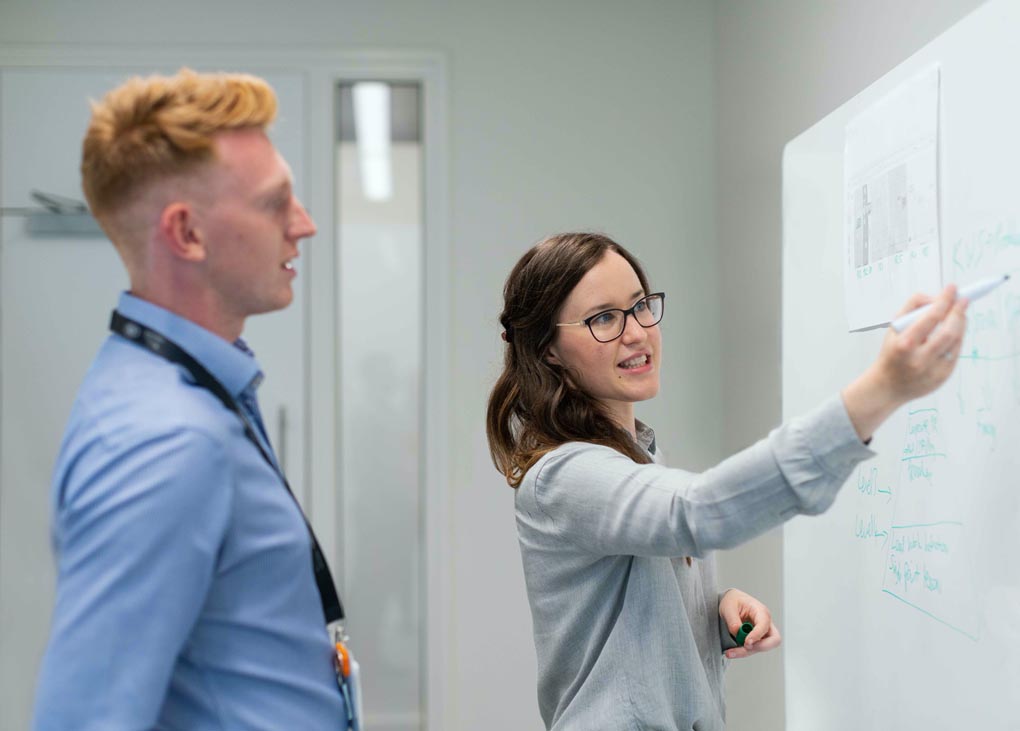Inspiring a stronger connection with engineering among current and future engineers is the key to permanently solving the skills shortage, according to new research published by Dr Maryam Raji at the University of Melbourne.
The skills shortage has in recent years become perhaps the biggest issue facing the building and construction sector, and that is particularly true in the area of engineering. According to an Engineers Australia vacancy report released in 2022, nearly all branches of the profession are experiencing the same difficulty in securing workers.
Dr Raji’s paper highlights factors that have made the current skills shortage more acute: its scale; the increasing demand for engineers due to the infiltration of technology into our daily lives; a burgeoning infrastructure sector; greater awareness of climate change and the resulting shift to cleaner, more sustainable energy – and much more.
To better understand the skills shortage, the research surveyed 446 engineers from Australia and six other countries where engineers are in high demand: Bahrain, Saudi Arabia, Kuwait, Oman, Qatar, and the United Arab Emirates (UAE). Dr Raji notes that in these overseas Arab countries, engineers and doctors are two of the most esteemed professionals in society.
“My survey findings show engineers were more likely to leave engineering when they had a low attachment to the profession,” she says. “In contrast, individuals who felt strongly attached to engineering and saw it as a key part of their identity were less likely to leave.
“Engineers in Australia complain of the poor pay and low prestige associated with engineering compared to other professional fields. However, my study found that the high status accorded to engineering in Middle Eastern countries like the UAE helps engineers to remain in the profession.”
Given this finding, Dr Raji recommends a number of initiatives that could cultivate a greater attachment to engineering in current and future engineers. Chief among these is exposing young people – and especially young women – to engineering as a potential career option.
“Once young people have elected to study engineering, it’s important to nurture their attachment to the profession throughout university and beyond by, for example, providing role models, paid internships and accessible pathways to continued professional development,” she says.
“As engineers move into the workforce, their attachment can be fostered through supportive work environments, competitive salaries and recognition for their roles in building better societies.”
More information about the research can be found at the University of Melbourne’s Pursuit website.
Photo by ThisisEngineering RAEng on Unsplash
 Mark Vender
Mark Vender


Leave a Reply